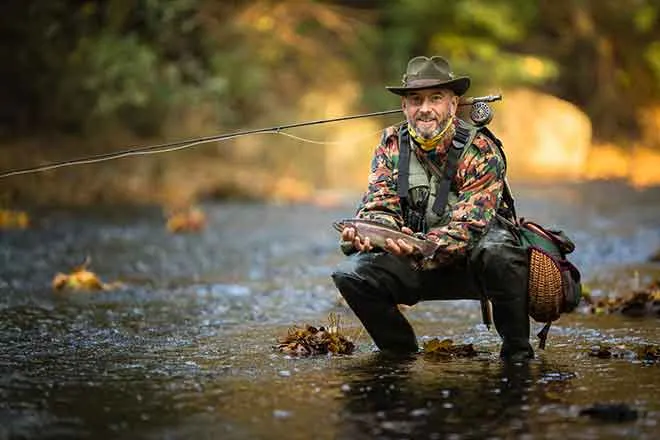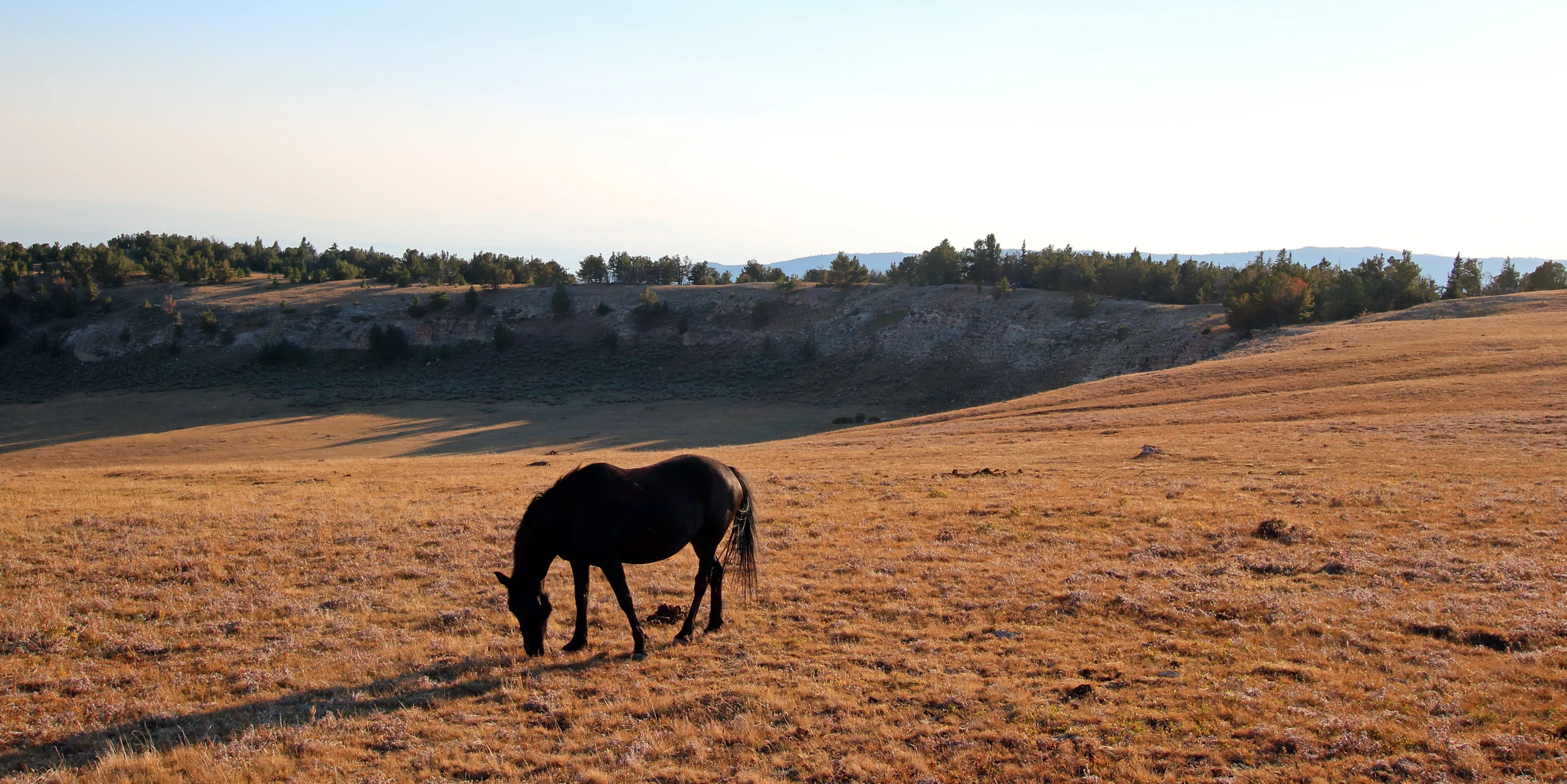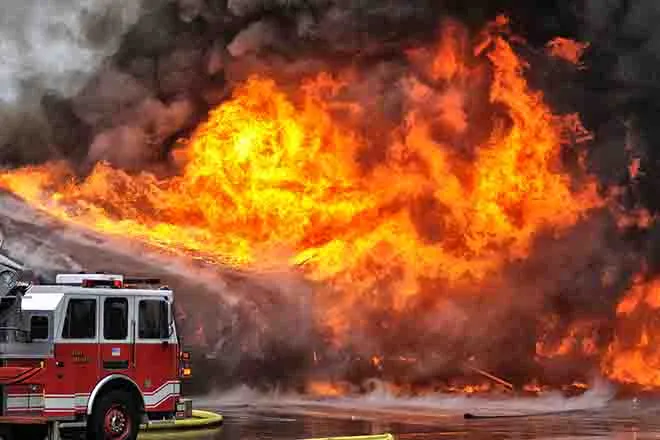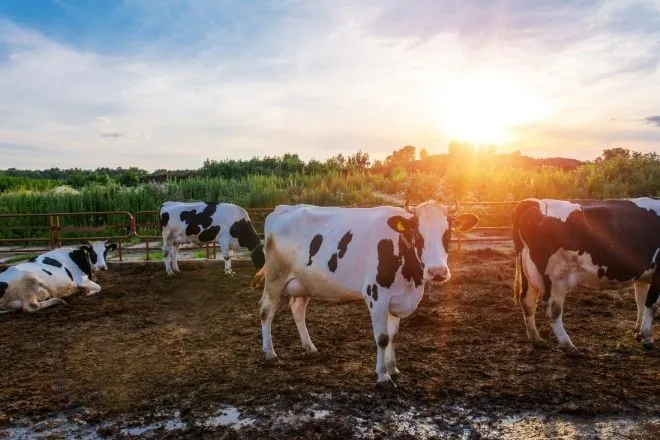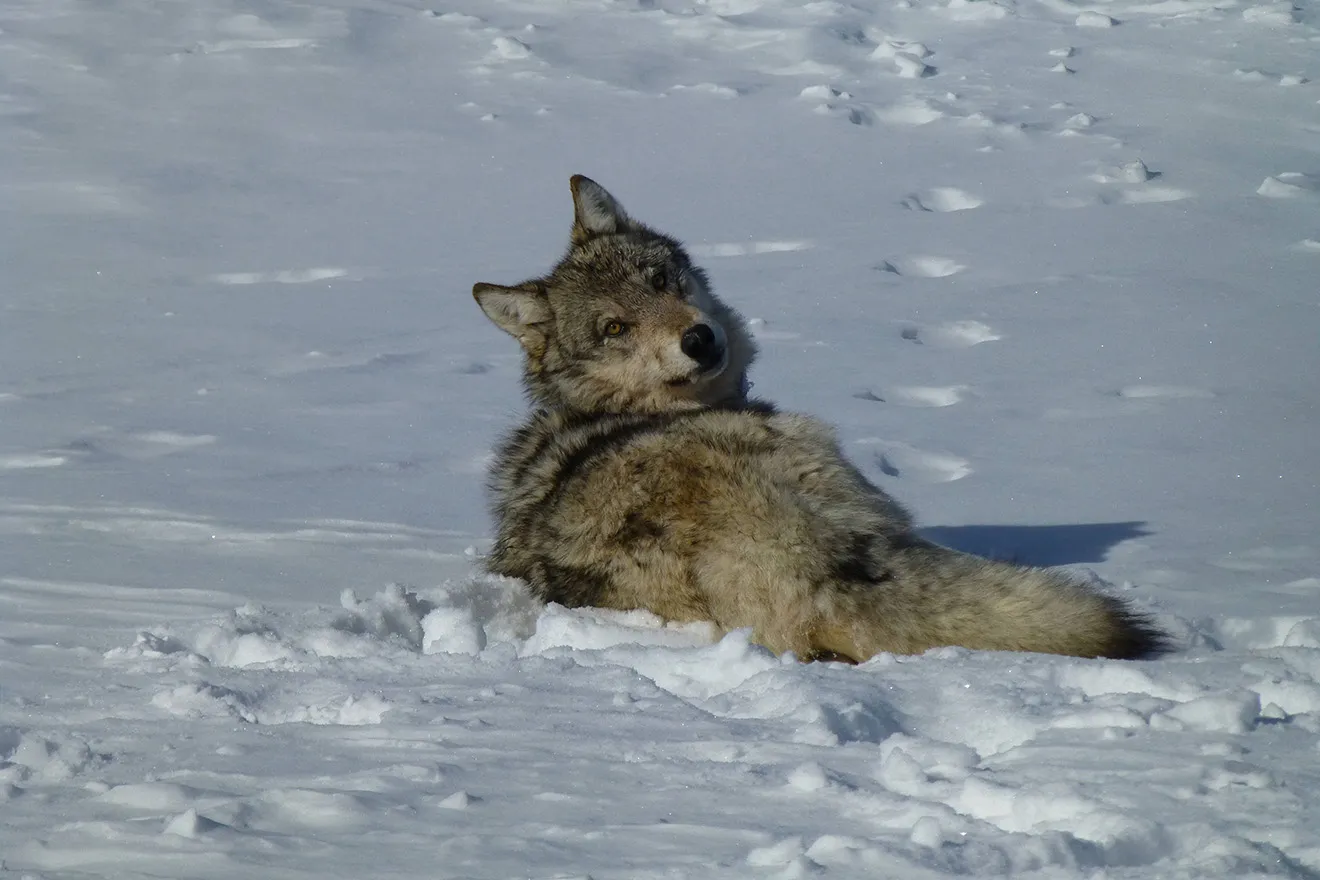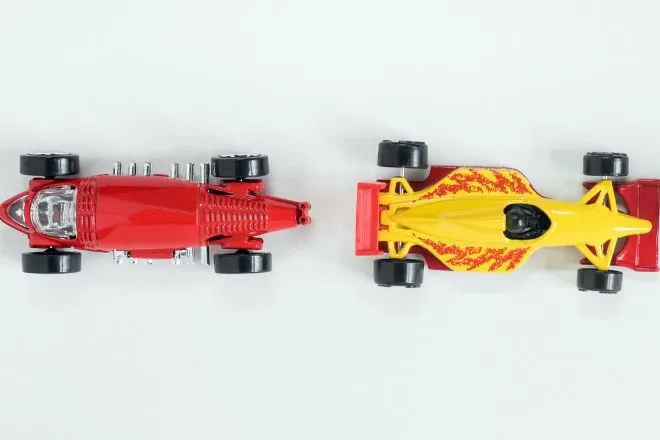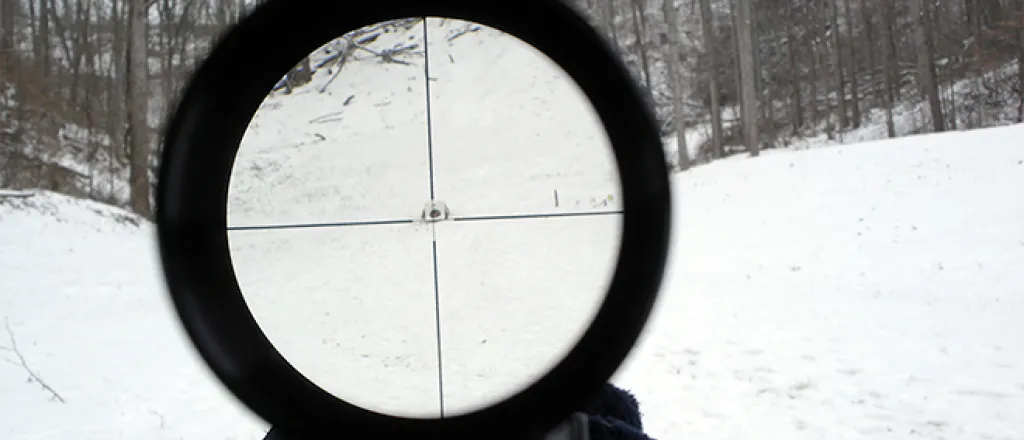
Hunting Tips - Time to Sight in Your Rifles
Now’s the time for big-game hunters to get ready for the season by sighting in their rifles. Colorado Parks and Wildlife urges hunters to begin practicing well before the start of the seasons.
Hunters who are thoroughly familiar with their rifles have a better chance at being successful in the field, said Rick Basagoitia, area wildlife manager for Colorado Parks and Wildlife in the San Luis Valley. Shooting an animal with a high-powered rifle, no matter the distance, is not a natural skill. Hunters must know the capabilities of their rifles, the intricacies of their scopes, the characteristics of their ammunition, the distance of the targets and their own competence for setting up for a fast shot at an animal.
"Shooting is a perishable skill,” Basagoitia said. “If you haven't done it in a while, you're going to get rusty. There are people who believe they can go out, buy an expensive rifle and without any practice start shooting like the guys on the hunting shows on TV. Well, they can't."
The importance of good shooting also goes beyond just being able to harvest an animal. Developing shooting skills must be viewed as an ethical consideration by hunters.
"We don't want animals to suffer. Preferably, hunters will get the job done with one shot," Basagoitia said.
Shooting lots of rounds is the only way to become proficient with your rifle, explained Brian Bechaver, a district wildlife manager in the San Luis Valley and a certified firearms instructor who has hunted all his life.
But to become proficient, hunters must get out of their comfort zones at the shooting range.
"Most people can shoot off a bench and when they know the range of the target," Bechaver said.
"But a lot of things go out the window when you're in the field and you see an animal."
A hunter must quickly estimate distance, take a shooting position that might be awkward and be forced to shoot uphill or downhill. Various environmental and physical factors also affect shooting ability - heat, cold, wind, fatigue and the heart-pounding influence of adrenalin coursing through the body.
Bechaver recommends forcing yourself to practice in uncertain conditions. Shoot from the prone position, shoot sitting down using your knee for a rest, use a pack as a support, estimate distances and then check your hunch with a range finder, etc. While it’s possible to rest your rifle on a backpack or your knee in the field, it’s best if hunters purchase shooting sticks that are attached to the rifle’s barrel.
"It's easy to hit a target at the range, but it's something else when you're standing in the snow on a cold day and your breathing hard and the wind's blowing," Bechaver said.
Before going to the range, review the specifications of your rifle, understand how to adjust your scope, use a range finder, and know the capability of your ammunition. The target you practice on should be the size of the vital-organ area of the animal you are hunting: a circle of about 15 inches in diameter inches for an elk, and about 10 inches in diameter for a deer. The vital area is just behind and slightly below the front quarter of a big game animal. A shot placed in this area will tear through the heart and lungs and kill an animal quickly.
Basagoitia recommends setting targets at 100 to 200 yards, a practical distance for Colorado hunting. Shoot until you are able to place five shots in a tight pattern on the target.
“You can get lucky with three shots, but not with five,” Basagoitia said.
“Practice, practice, practice,” Bechaver said. “The more you shoot at the range, the more confident you’ll be when your shot really counts.”


